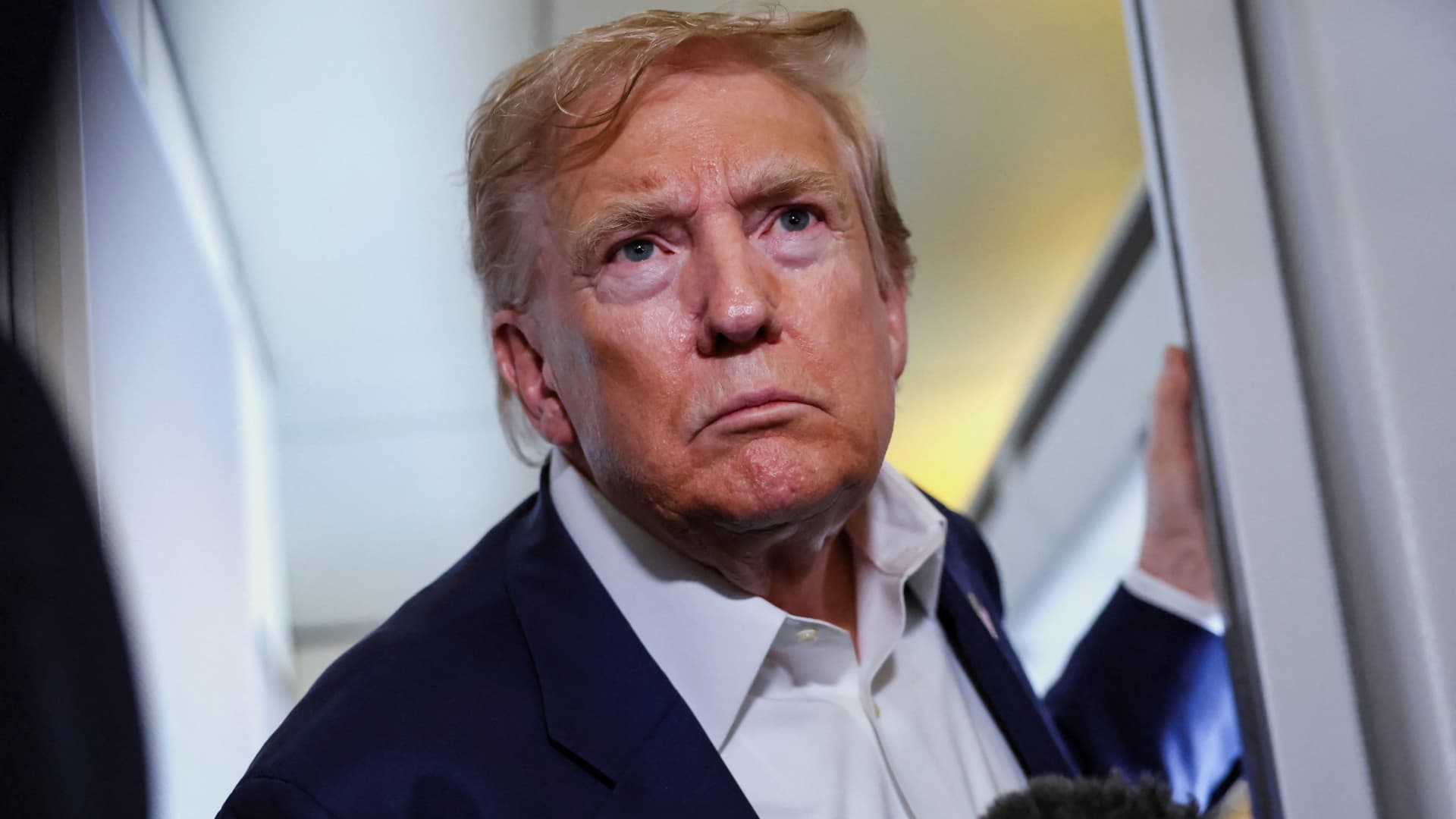The Strategic Chessboard: Analyzing Trump’s Nuclear Submarine Deployment
Introduction: A High-Stakes Geopolitical Move
The reported repositioning of two U.S. nuclear submarines in response to statements by Dmitry Medvedev, a former Russian president and current deputy chairman of Russia’s Security Council, has ignited a firestorm of debate. This move, framed by former President Donald Trump as a reaction to “highly provocative statements,” underscores the delicate balance between deterrence and escalation in modern geopolitics. The decision raises critical questions about the motivations behind the deployment, its potential impact on international relations, and its strategic implications for nuclear deterrence.
Decoding Medvedev’s Provocative Statements
To fully grasp the significance of the submarine deployment, it is essential to dissect the context of Medvedev’s remarks. Reports indicate that Medvedev issued warnings to the United States, emphasizing Russia’s nuclear capabilities, particularly its Soviet-era “last resort” strike capabilities. While these statements did not explicitly threaten a first strike, they served as a stark reminder of the devastating potential of nuclear conflict and Russia’s willingness to invoke its nuclear arsenal as a deterrent.
Possible Interpretations of Medvedev’s Rhetoric
Regardless of the specific motivation, Medvedev’s statements clearly resonated with Trump, prompting a response that underscored the former president’s penchant for dramatic gestures.
The Strategic Weight of Submarine Deployment
Nuclear submarines, particularly those equipped with ballistic missiles (SSBNs), are a linchpin of nuclear deterrence. Their ability to operate undetected in international waters makes them a critical component of a “second-strike” capability—the ability to retaliate even after absorbing a first strike. This capability is vital for maintaining strategic stability and preventing nuclear conflict.
Implications of the Deployment
Potential Risks and Challenges
However, the deployment is not without risks. Increased military activity in the region could lead to miscalculations or unintended escalations. The presence of more nuclear submarines in close proximity to Russia increases the potential for accidental encounters or misinterpretations of intentions, which could have catastrophic consequences.
Theatrics vs. Strategic Imperative
While Trump framed the submarine deployment as a direct response to Medvedev’s statements, it is essential to consider whether other factors influenced his decision. Trump was known for his dramatic gestures and his willingness to deviate from traditional diplomatic protocols. The deployment may have been part of a broader strategy to pressure Russia on various issues, including its involvement in Ukraine, alleged interference in foreign elections, and support for authoritarian regimes.
The Role of Impulsivity in Decision-Making
Trump’s decision-making style was often characterized as unpredictable and impulsive. His tendency to make policy pronouncements via public platforms, often without consulting advisors, made his actions difficult to anticipate. In this case, it is unclear whether the deployment was based on strategic considerations or personal motivations.
The potential for miscalculation or escalation in a crisis situation is significantly heightened when leaders are prone to making impulsive decisions based on incomplete information or personal biases. This underscores the dangers of entrusting nuclear weapons to individuals with a history of erratic behavior.
The Delicate Balance: Deterrence and De-escalation
The submarine deployment highlights the delicate balance between maintaining nuclear deterrence and avoiding escalation. Effective deterrence relies on the credibility of the threat of retaliation. The U.S. must convince potential adversaries that it has the will and capability to respond to an attack with overwhelming force.
However, any action that increases the risk of accidental or unintended escalation must be carefully considered. The potential consequences of nuclear war are so catastrophic that even a small increase in the risk of conflict is unacceptable.
Mitigating Risks
To mitigate these risks, the U.S. must communicate its intentions clearly to Russia and take steps to minimize the risk of accidental encounters or misinterpretations. Diplomatic efforts to de-escalate tensions and reduce the risk of conflict are essential. Dialogue and negotiation are crucial for managing disagreements and preventing misunderstandings that could lead to war.
Conclusion: Navigating the Nuclear Chessboard
Trump’s decision to reposition nuclear submarines in response to Medvedev’s statements was a complex and consequential action with far-reaching implications. While the deployment may have been intended to deter Russian aggression and reassure allies, it also carried potential risks of miscalculation and escalation.
This incident serves as a reminder of the enduring dangers of nuclear weapons and the importance of responsible leadership in managing these weapons. In an increasingly complex and volatile world, leaders must exercise caution and restraint in their dealings with other nuclear powers. Diplomacy and dialogue must take precedence over confrontation and escalation.
The chessboard is set, the pieces are moving, and the world watches with bated breath, hoping that the next move is one of de-escalation, not annihilation. The stakes have never been higher, and the choices made today will shape the future of global security.





